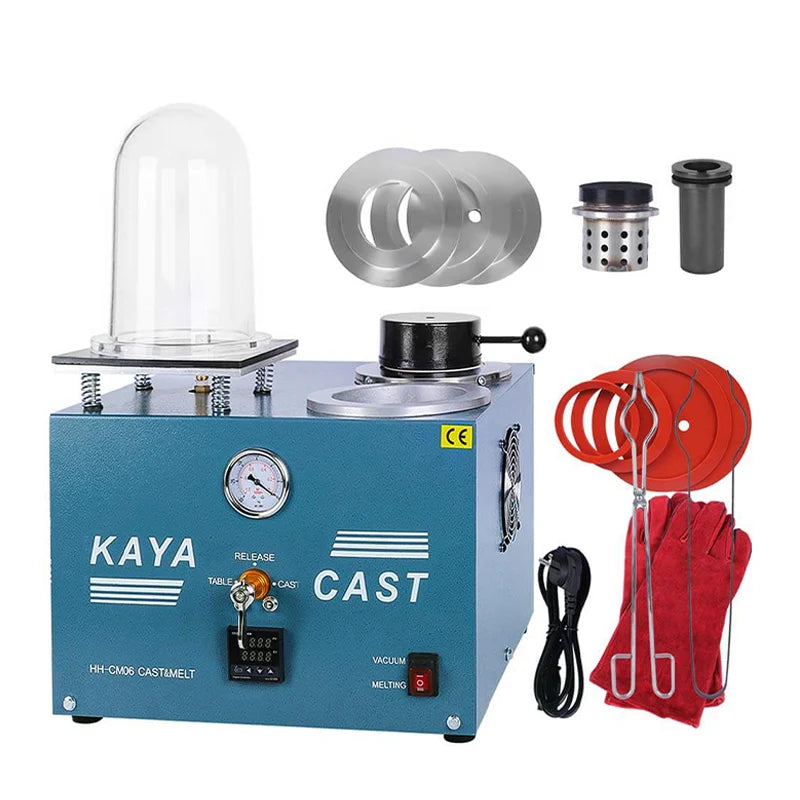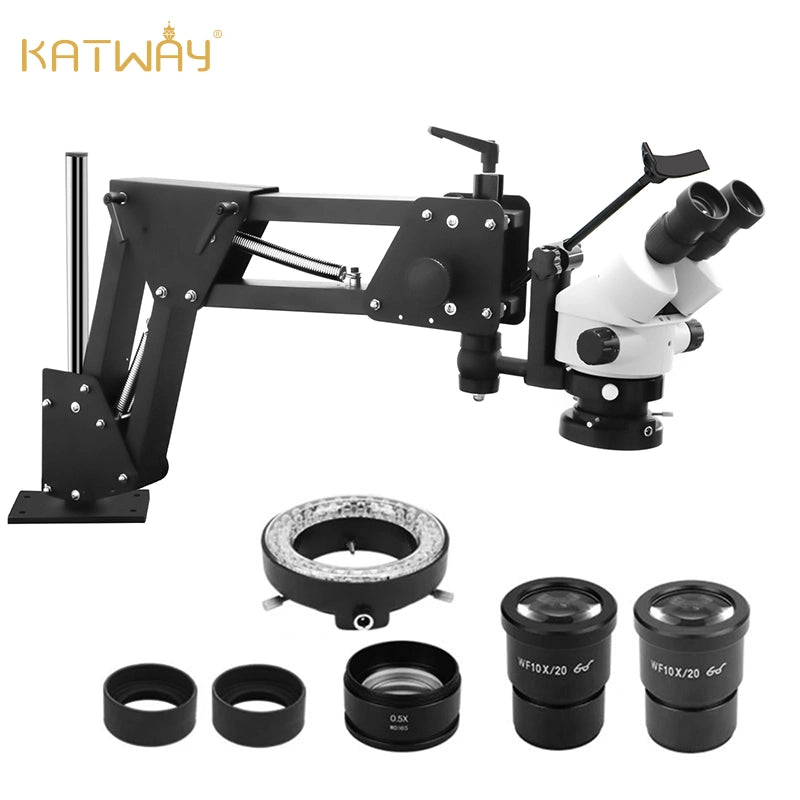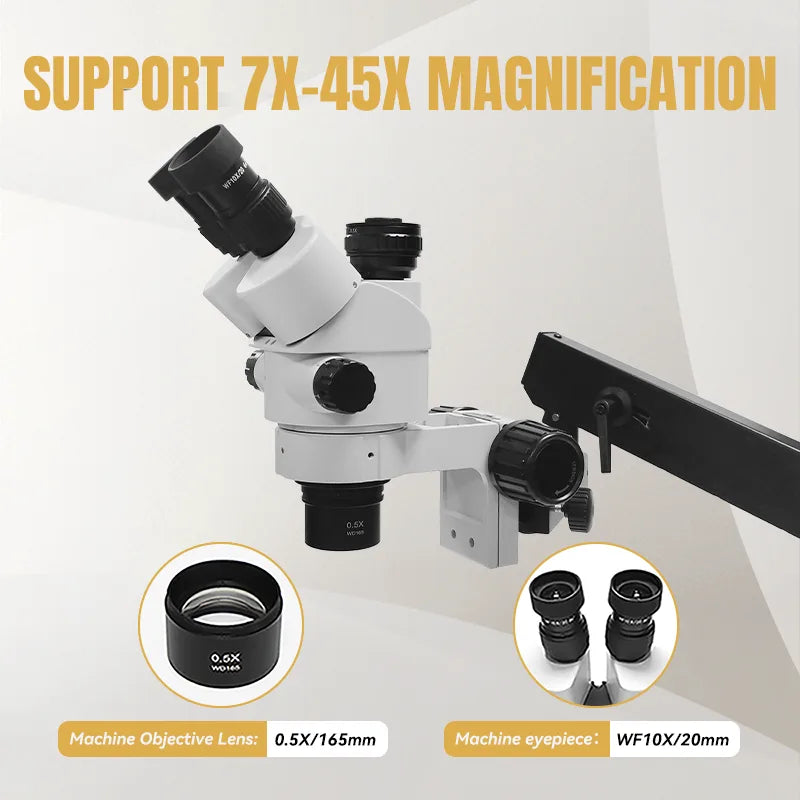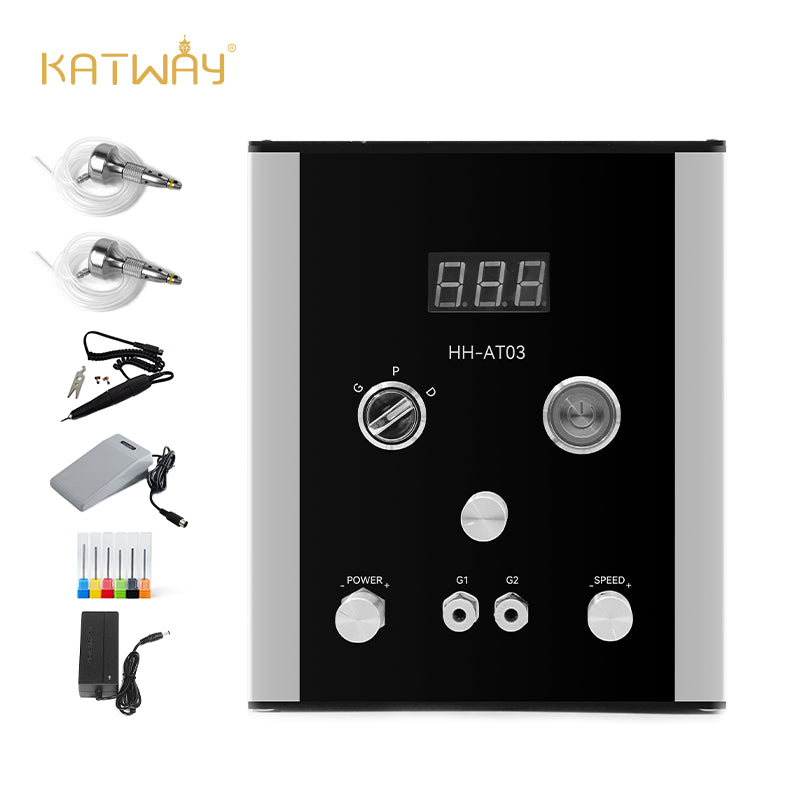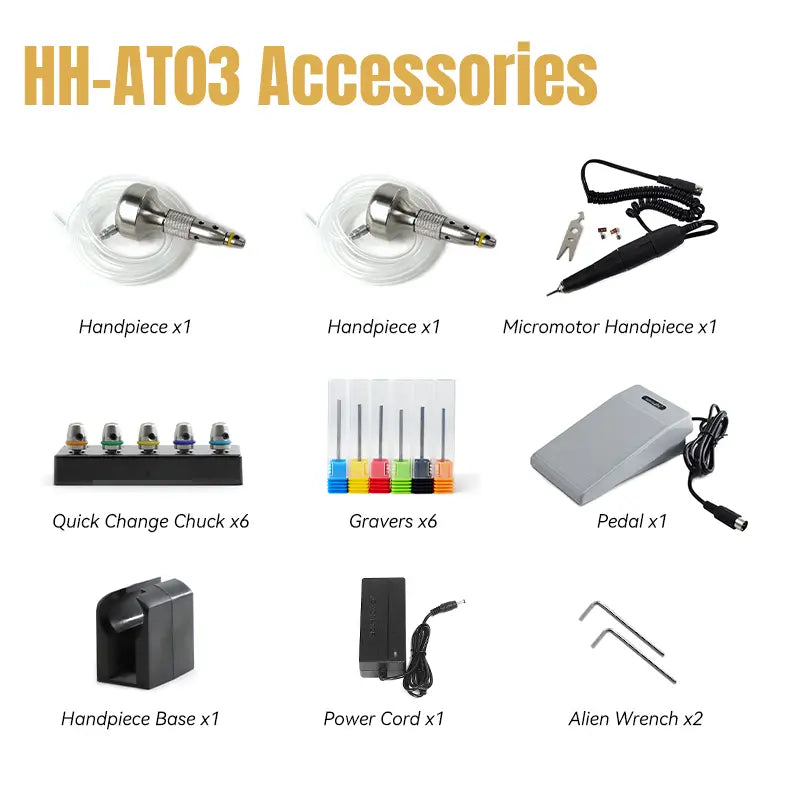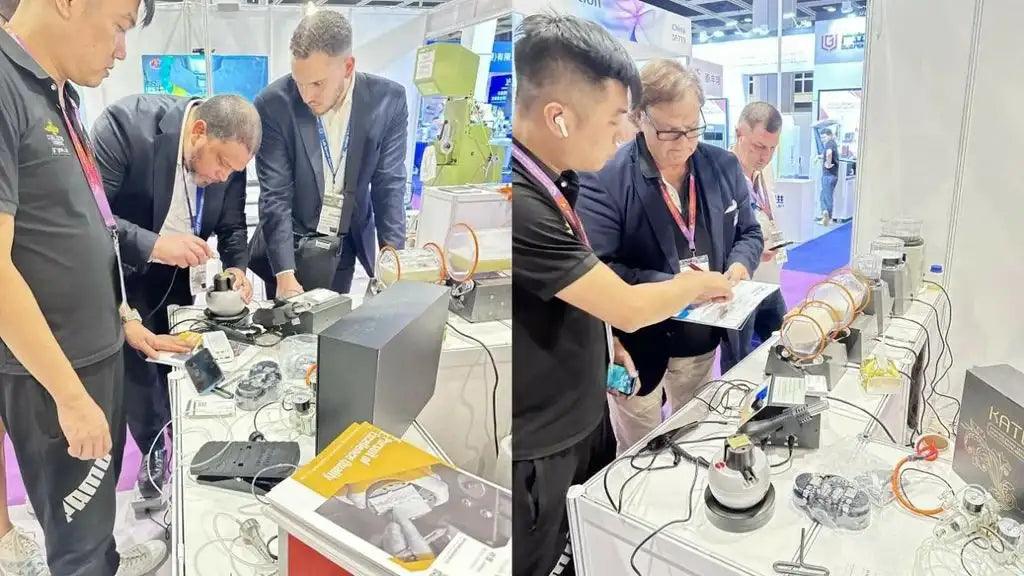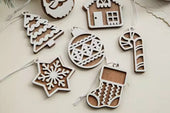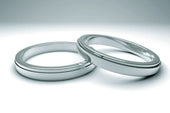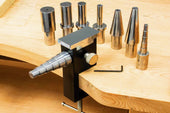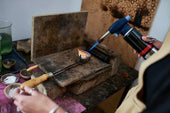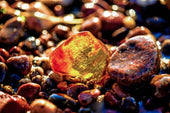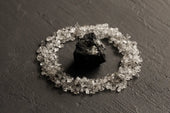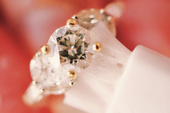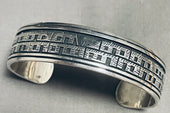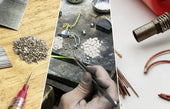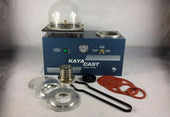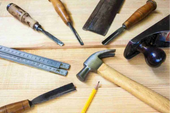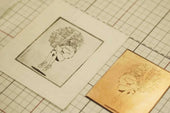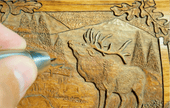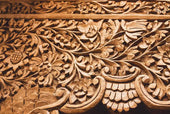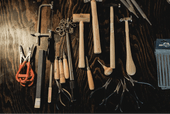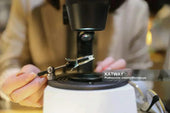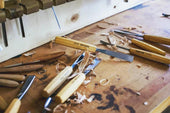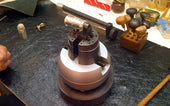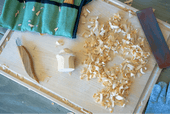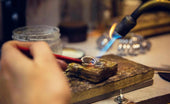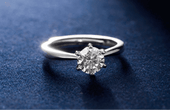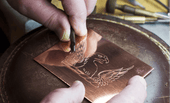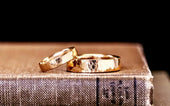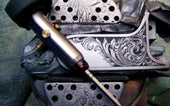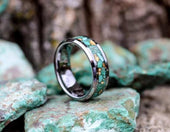Realizing Unique Designs: Etching and Jewelry Engraving
When people start experimenting with engraving, they want even the simplest piece they create to be unique. Using etching techniques live jewelry engraving techniques to create metal engravings are two of the best engraving methods for creating unique and personalized designs. But it can be tricky to figure out which process works best for you, and this blog will help you learn more about etching Vs jewelry engraving.
What are Etching and Jewelry Engraving?
Etching
Etching is a time-honored process first used in printmaking, with origins dating back to the Middle Ages. It primarily uses a hot liquid solvent that erodes the metal surface to create a pattern or image. It is a method of chemically etching metal in the field of metalwork and art.
Jewelry Engraving
Jewelry engraving has a different historical background, having been developed as a technique for processing jewelry as early as the 15th century. Unlike etching, jewelry engraving is a method of creating a design by using various engraving tools and different engraving techniques to create a fine engraving on the surface of the metal.
How Jewelry Engraving Differs from Etching
The main difference between etching and jewelry engraving is the depth and manner in which the metal is removed.
Etching usually removes only the top layer of metal, whereas engraving removes more metal and creates deeper cuts. Specifically, etching removes a microscopically thin layer of the metal's surface through a chemical reaction, such as acid etching.
Jewelry engraving, on the other hand, creates deep textures or patterns by directly chipping away at the metal material with different hand engraving knives or using mechanical forces such as pneumatic engraving.
Traditional Etching vs. Jewelry Engraving
Traditional Etching
Traditional etching is usually done on metals such as copper or zinc. A protective layer of oil or wax is applied to the area that does not need to be etched, and then a simple engraving needle or engraving knife is used to cut a pattern into the protective layer, exposing the unprotected metal surface. It is then immersed in an etching solution that corrodes the exposed metal parts to form a recessed pattern.
Traditional Jewelry Engraving
Unlike the affordable metal materials used for etching, in ancient times engravers preferred to use precious metals (gold and silver) for engraving to create beautiful and ornate jewelry. Traditional jewelry engraving techniques are mainly done by hand by the engraver using a variety of different hand engraving knives (carving knives, hammers, chisels, etc.) and staying focused the entire time.
Modern Etching vs. Jewelry Engraving
Times are moving fast and many high tech engraving tools have emerged to give etching and jewelry engraving techniques a new upgrade.
Modern Etching
In the context of the new era, etching has appeared in a new form - laser etching. Compared to traditional etching with corrosive solutions, laser etching uses a laser beam to irradiate the surface of the metal, melting the metal material at a high temperature to carve out the desired design.
Because the pattern engraved using this method can be designed in advance on a computer and entered into a precise code for the laser etching machine to restore one to one. The engraved designs have a higher degree of accuracy and are suitable for making small modern handicrafts. For example, engraved letters of the keychain, metal brooches and so on. In addition, it is also widely used in factories to process metal in bulk.
Modern Jewelry Engraving Technology
A variety of engraving machines and auxiliary engraving tools have appeared on the market, allowing modern jewelry engraving to become more refined and diversified. A pneumatic engraving machine is preferred by engraving enthusiasts and engravers over a laser engraving machine, which is suitable for batch processing of metals.
Unlike the former completely mechanized engraving out of the flat pattern, pneumatic engraving machine can provide a strong engraving power, so that the jewelry engraver can according to their own ideas, at any time to adjust the work, carving out a different and unique works. In the carving process, with the help of stereoscopic microscope and other aids, also allows the engraver to more clearly observe the details of the carving, to help complete the use of difficult techniques (three-dimensional relief, etc.) works.
Which Method is Better for You?
Having understood the basic concepts, you may ask: which method is better for me? This depends on your design needs and the effect you want to achieve.
- If you want only light patterns or details on your work, etching may be more appropriate, especially if the metal surface is thinly coated, and can create a fine, layered effect.
- If you want to create deep, intricate textures or engravings, jewelry engraving is more suitable, as it allows you to engrave the metal in layers to create a more three-dimensional effect.
With both etching and jewelry engraving, you can create unique pieces of metal art with different engraving tools and techniques. However, in order to find the most suitable engraving method for yourself, you should keep trying different engraving tools and methods in your creation, so that each piece of jewelry you engrave will be full of unique personality and charm.


